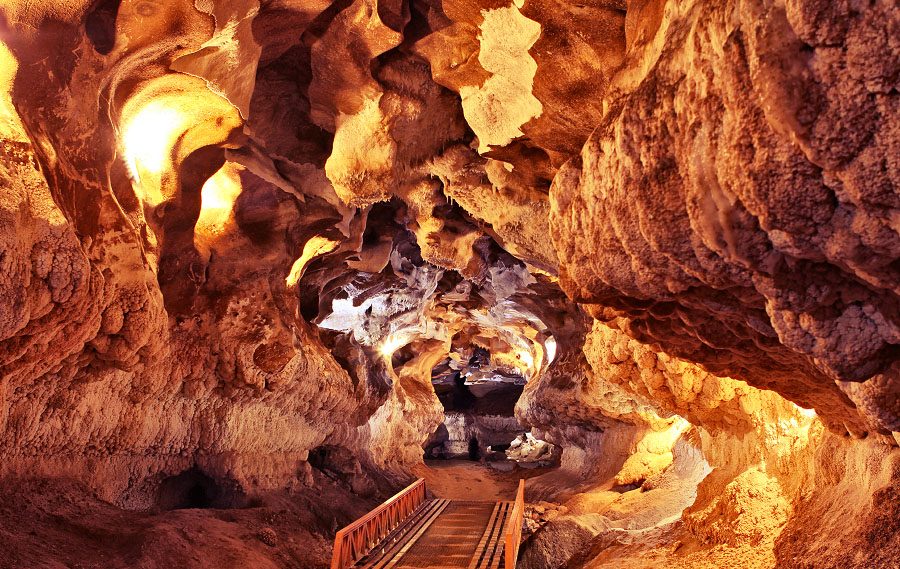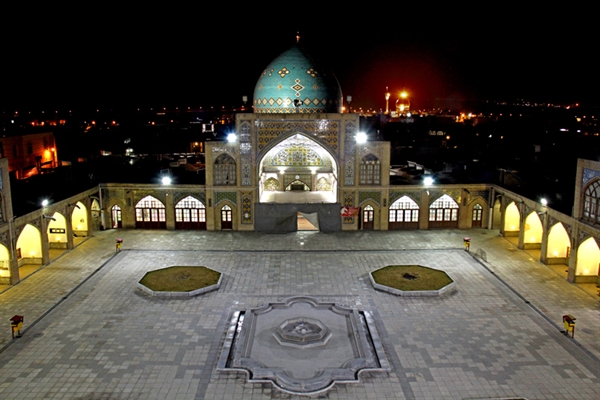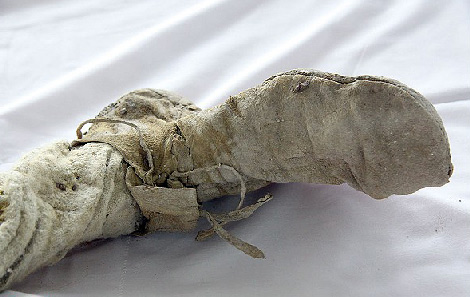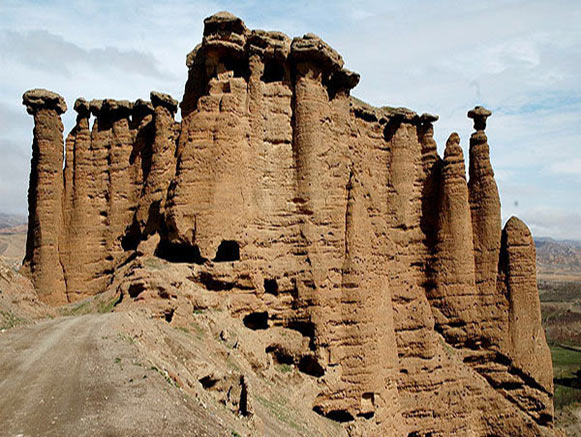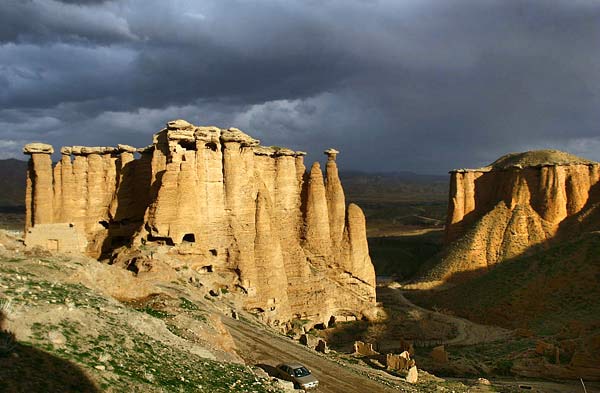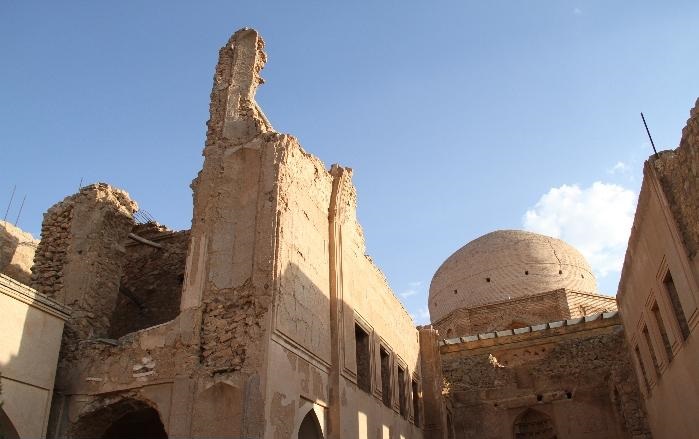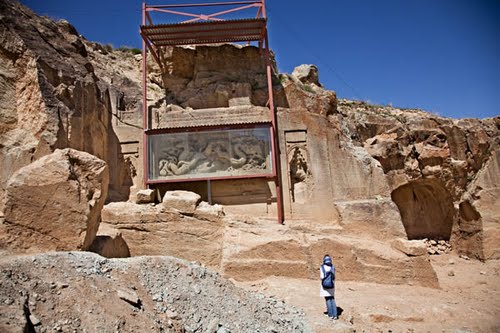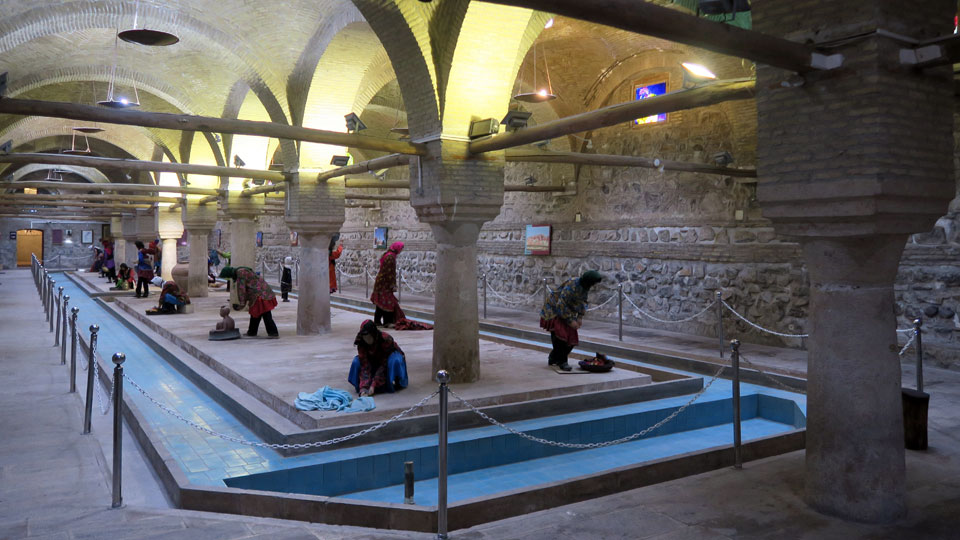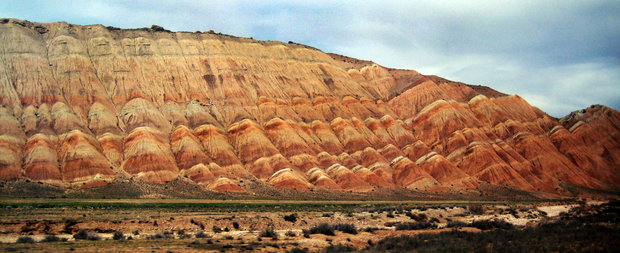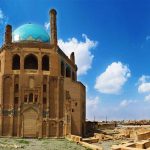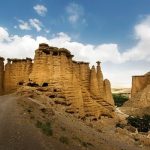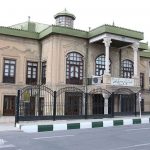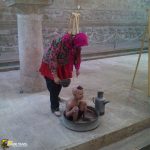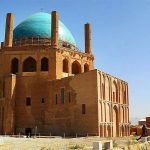About Zanjan Province
Zanjan province has been located on the northwest of the Iranian Plateau and its center is Zanjan city. As geographical unit, Zanjan province has connected the Azerbaijani Plateau to the Qazvin Plain with a gentle slope. The massive dome structure of the Soltaniyeh dome, which is the largest historical dome in the world after the Florence Cathedral and Ayasofya in Istanbul, is one of the tourist attractions of this province. Zanjan has always been one the country’s most important centers of agriculture and among its handicrafts, the handcrafted knives of Zanjan are quite famous among the people. This province has many natural and historical attractions, which attract many a tourist annually to itself.
Most Popular Tourist Attractions Of Zanjan Province
